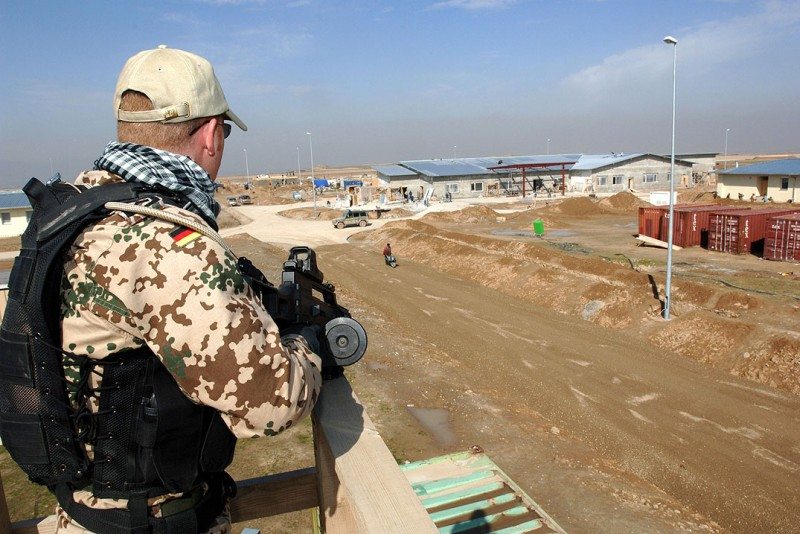Germany’s defense minister has announced plans for sweeping changes to how the country’s armed forces operate. The plan includes a reduction of troop numbers by nearly one-fifth.
Germany’s armed forces, the Bundeswehr, will see troop numbers slashed by around 45,000 down to between 175,000 and 185,000, Defense Minister Thomas de Maiziere announced in Berlin on Wednesday.
The cuts will see civilian positions reduced by 21,000 to 55,000, while personnel numbers overseas will rise from 7,000 to 10,000.
Presenting an eight-point revision of sweeping Bundeswehr reforms, De Maiziere described the current organization and structure of the armed forces as “inadequate” for dealing with current and future missions.
He added, however, that Germany’s armed forces were still highly valued, and that troops were highly motivated, committed and professional. “We can be modestly proud,” he said.
De Maiziere said the Bundeswehr realignment would impact security policy, make the armed forces more financially sustainable and reflect demographic trends in Germany.
Increasing effectiveness
It remained unclear how much money would be saved through the measures, in addition to the 8.3 billion euros ($11.8 billion) in cuts originally planned under de Maiziere’s predecessor, Karl-Theodor zu Guttenberg.
De Maiziere said, however, the goal of the reforms was to make the Bundeswehr more internationally effective by streamlining its structure and reducing its bureaucracy.
The changes are to occur within the next six to eight years, he said, adding that the bulk of major alterations would take place over the next two years. The armed forces transformation represents the biggest shake-up of the Bundeswehr in half a century.
It was expected that de Maiziere’s reappraisal of the reforms would take on the main points espoused under a plan envisioned under Guttenberg. It was also thought, however, that the new defense minister would seek to water down elements of the original reforms formulated around a year ago. Those plans ushered in a suspension of conscription and called for a slashing of troop levels down to around 160,000.











